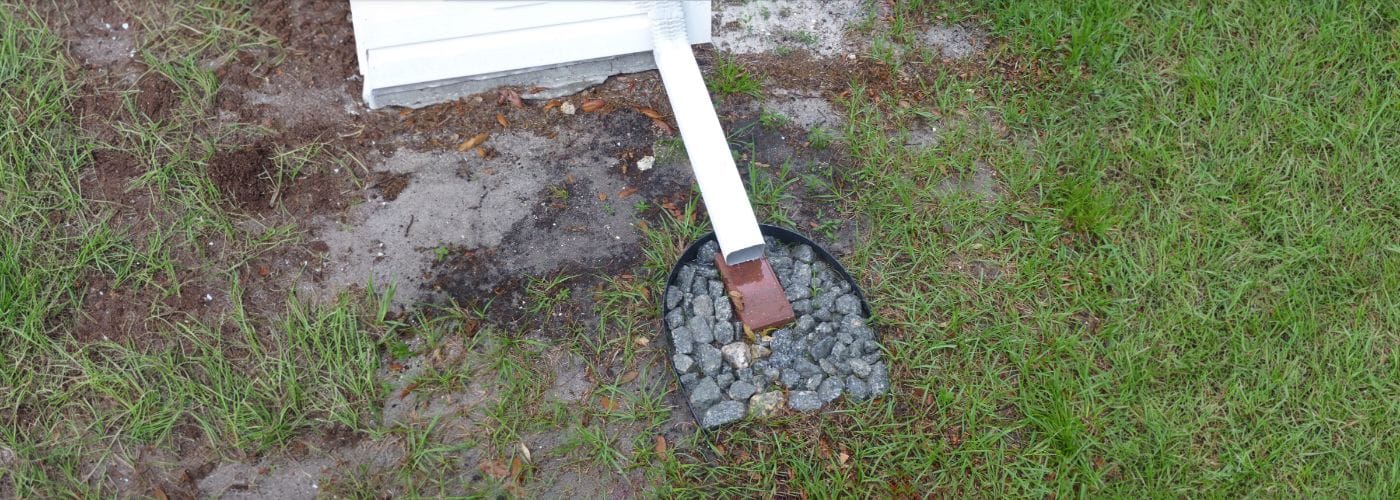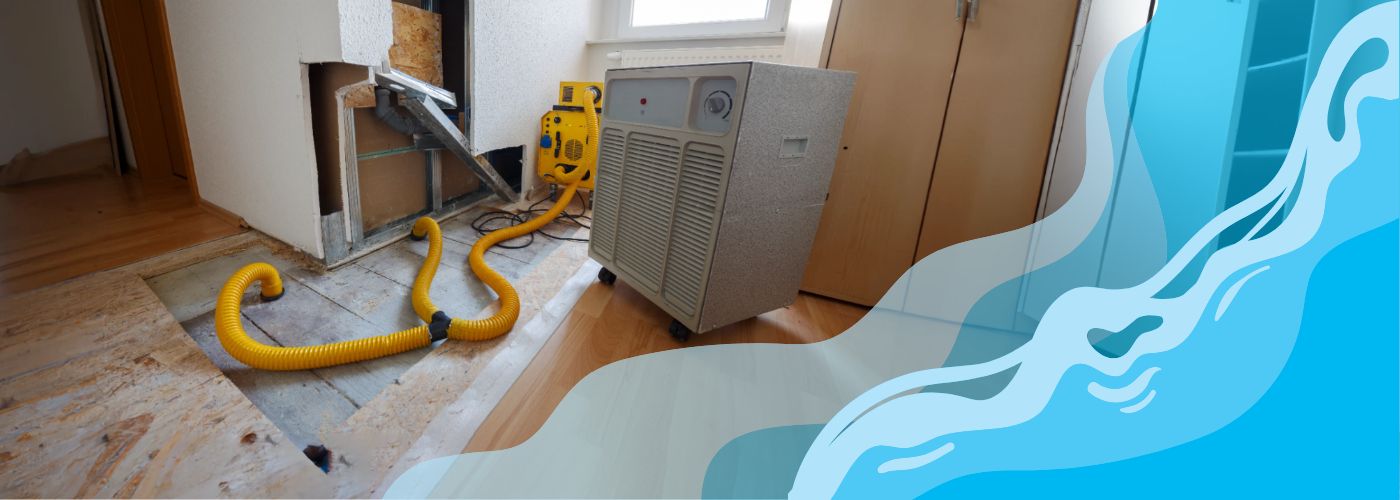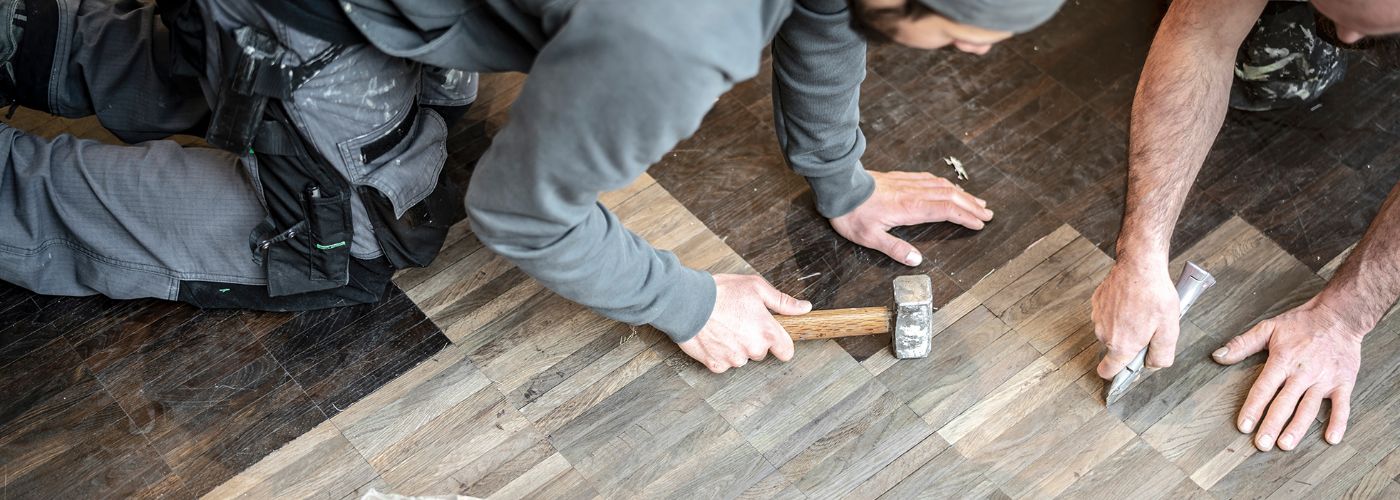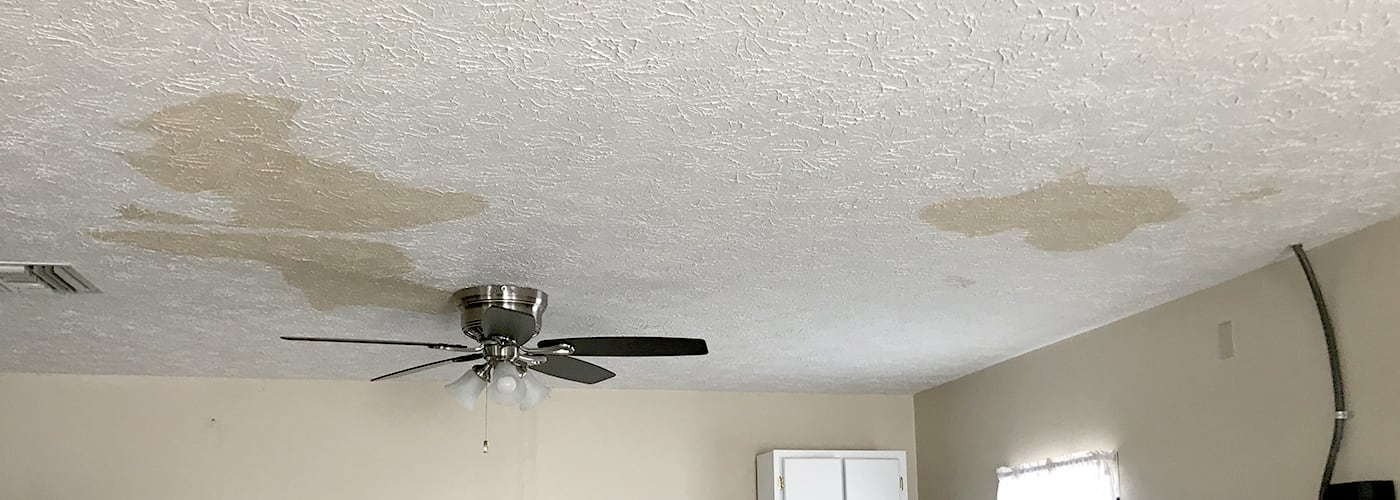Water damage can be an incredibly costly event that causes damage to your personal belongings, your furniture, and most importantly to the structure of your home. When you experience an event that causes water damage, whether it is an overflowing toilet, a pipe burst, or storm damage that causes flooding, it’s important to meet the damage with proper water damage restoration. Here are the top water damage restoration tips from Supreme Restorations, your Dallas storm damage restoration experts.
How To Prevent Water Damage

Water damage is one of the most common and costly problems that homeowners face. It can happen to anyone, anywhere, at any time. Whether it’s from a leaky roof, burst pipe, or flooding caused by severe weather, water damage can be devastating. Fortunately, there are steps you can take to prevent water damage before it occurs.
The first step in preventing water damage is to identify potential problem areas. Check your roof for missing or damaged shingles and ensure all gutters and downspouts are clear of debris.
Inspect pipes for leaks or corrosion and consider installing a sump pump if your home is in an area prone to flooding. Make sure that all appliances and fixtures (such as toilets) are properly maintained.
Water damage restoration service to remove any damages and debris that was caused by flooding or water.
Shut off the Water and Power

The first thing that you need to do when you experience water damage is to shut off all electricity to your home. Go to your power breaker and shut off all the electricity. Additionally, you want to unplug all appliances and electronics just to be sure.
In addition to cutting the power in your home, you want to make sure that you shut off the water main to your home. This will stop any additional water from damaging your home if the source of the water damage is a faulty water pipe in your home.
Clear Out Furniture, Rugs, and Appliances From the Room
Next, you want to remove anything from the room that would obstruct the process of removing water from the area like furniture, appliances, and rugs. Removing everything from the room not only lets you use water removal equipment without obstruction, but also allows you to remove flooring and carpet if needed.
Remove All Sitting Water
Once the power is off and the water main has been successfully turned off, you can shift your attention to removing all of the standing water from the affected area.
Getting the water out of the flooded area can be difficult if you do not have the right equipment. Luckily, household items such as old towels, brooms, and buckets can be used to remove water from the affected area.
A water-suctioning system such as a vacuum or a water pump can also be used to remove water from a water-damaged area.
Dry the Affected Area
After you successfully remove all of the standing water from the water-damaged area, you want to bring in drying equipment, fans, and humidifiers. Properly drying the space will make sure that the material doesn’t remain damp and ripe for mold and mildew growth. Any moist environment can mold growth.
Disinfect Your Home
During the drying process, you want to be sure that you go over each surface from the floor to the chair rails and ceiling with a disinfectant. This will kill any bacteria that may have started to grow on damp surfaces.
Eliminate Mold Growth
Finally, you want to be sure that you go through a complete mold remediation process. Mold and mildew are commonly found after water damage occurs and can be incredibly harmful. A full remediation process can eliminate all visible signs of mold as well as mold traces that cannot be seen with the eye.
Can You Restore Water-Damaged Wood?

Although wood can be a durable material, it can easily be damaged by water, especially if exposed to excessive moisture or prolonged periods of dampness. Fortunately, restoring water-damaged wood is possible in many cases.
The first step in restoring water-damaged wood is to assess the extent of the damage. If the damage is limited to a small area or spot on the surface, you may be able to sand and refinish the affected area.
However, if there’s severe structural damage or rotting involved, you may need to replace parts of the wood altogether.
To restore water-damaged wood effectively, you’ll need suitable tools and materials for cleaning and repairing.
To start, you’ll need to clean the damaged areas and then dry it out. You’ll also need to repair any structural damage, like cracks or rot. If you’re replacing sections of wood, matching the grain pattern is important for a seamless repair job.
Can You Restore Water-Damaged Photos?
Water damage can cause significant harm to your photographs, ruining precious memories. However, restoring water-damaged photos is possible with the right approach. The first step is to remove the excess water from the photo and dry it as soon as possible. The longer you wait, the more difficult it will be to restore your photo.
Once you have removed excess water and dried your photo, assess the damage thoroughly. Look for any discoloration or peeling of layers on the surface of your photograph. If there are any mold spots or stains, gently clean them off using a soft cloth and a mild cleaning solution.
If there are tears or missing pieces in your photograph, don’t worry – these can be fixed too. You can use transparent tape to hold together torn edges temporarily until you take them for further restoration by a professional water damage restoration company.


